The Flame That Was Never Extinguished Ōbori Sōma-yaki: 300 Years of Tradition, Recovery, and Future Hope
2025/10/22 11:29
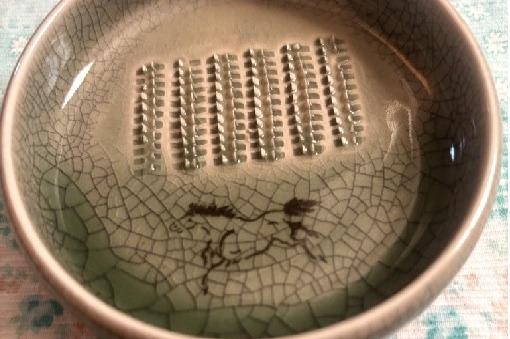
In the coastal area of Namie Town, Fukushima Prefecture, lies a pottery tradition known as Ōbori Sōma-yaki — a craft with a history spanning more than 300 years.
Originating in the Genroku era of the Edo period, it is distinguished by its “ao-hibi” (fine crackles in the celadon glaze), the unique double-layered structure that helps retain heat, and the “left-facing horse” (hidari-uma, also called running horse) design, a traditional symbol of good fortune.
Because it was made using local clay and developed to fit everyday life in the region, this pottery is often said to have techniques found nowhere else in Japan.
After the Great East Japan Earthquake and the nuclear accident in 2011, the entire town of Namie — the birthplace of Ōbori Sōma-yaki — was placed under an evacuation order.
Many kilns were forced to close, and it was feared that this centuries-old craft might disappear forever.
Over time, as radiation levels declined and infrastructure improved, some areas were reopened, but much of the town remains designated as a “difficult-to-return” zone even today.
In spite of these hardships, the artisans did not give up.
Many moved their workshops to nearby cities such as Nihonmatsu and Kōriyama, continuing to create, teach, and develop new ideas for the future.
They are not only restoring the past but also shaping the future — training young artisans, developing new designs suited for modern life, and striving to build a brand chosen for its beauty and practicality, not merely as a symbol of recovery.
Please also visit the Namie Town website for more information.
At my own home, I have a small grater dish made from Ōbori Sōma-yaki.
It features the lucky left horse design and looks like an ordinary small plate at first glance, but it’s perfect for grating a little ginger, garlic, wasabi, or yuzu peel — and it’s something I use every day at the table.

The lucky “left horse” design — isn’t it charming?
The first one, given to me by my mother-in-law, served me well for over ten years before it finally broke; the one in the photo is its successor.
As you can see, its charm lies not only in its functionality but also in its beauty — the gentle colors, glossy glaze, fine crackles, and delightful hand-painted motif.
For me, it’s an irreplaceable companion in daily life — a quiet reminder of how tradition endures, even in the smallest things.
← Back to all activity reports
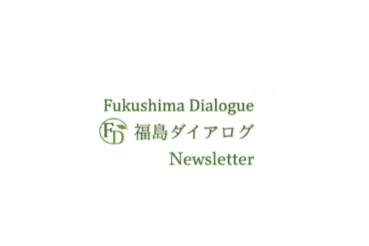
Support for Dialogue Operations (Interpretation, Babysitting & Other Services)
¥3,000
For those who donate 3,000 yen (about €17.37 / about $20.34), we will offer the following thank-you gift:
After the Dialogue, you will receive a thank-you Activity Report Email (Newsletter).
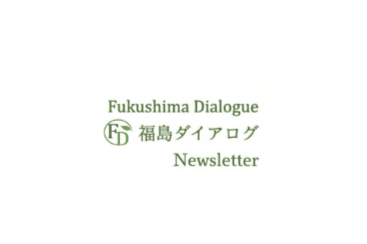
Support for Dialogue Operations (Interpretation, Babysitting & Other Services)
¥5,000
For those who donate 5,000 yen (about €28.95 / about $33.90), we will offer the following thank-you gift:
After the Dialogue, you will receive a thank-you Activity Report Email (Newsletter).
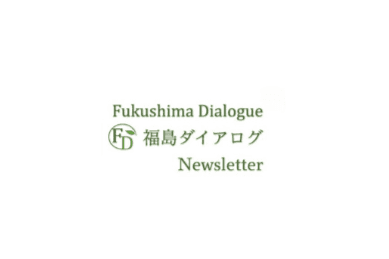
Support for Dialogue Operations (Interpretation, Babysitting & Other Services)
¥10,000
For those who donate 10,000 yen (about €57.90 / about $67.80), we will offer the following thank-you gift:
After the Dialogue, you will receive a thank-you Activity Report Email (Newsletter).
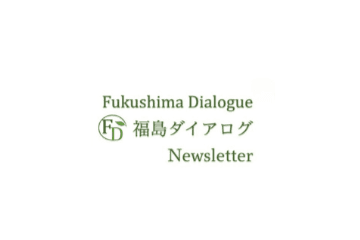
Support for Dialogue Operations (Interpretation, Babysitting & Other Services)
¥50,000
For those who donate 50,000 yen (about €289.50 / about $339.00), we will offer the following thank-you gift:
After the Dialogue, you will receive a thank-you Activity Report Email (Newsletter).
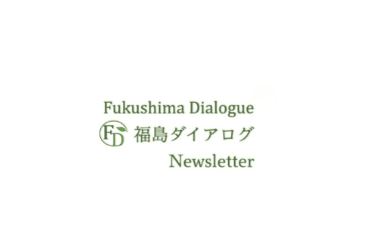
Support for Dialogue Operations (Interpretation, Babysitting & Other Services)
¥100,000
For those who donate 100,000 yen (about €579.00 / about $678.00), we will offer the following thank-you gift:
After the Dialogue, you will receive a thank-you Activity Report Email (Newsletter).
For donations of 100,000 yen or more, you may contribute any amount starting from this level.



